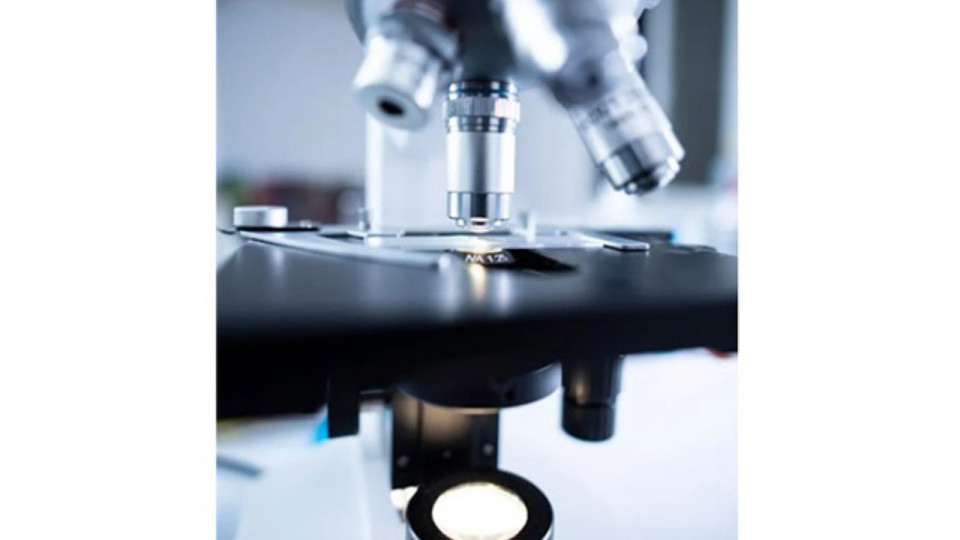
Scientists Discover 200+ Hidden Misfolded Proteins That May Trigger Alzheimer’s (Image Source: Unsplash (Representative Image))
A recent study has revealed that over 200 previously undetected misfolded proteins may play a role in age-related memory loss and possibly Alzheimer’s disease. These proteins, unlike the well-known amyloid and tau plaques, do not clump together, making them harder to find but potentially just as damaging to brain function.
Researchers at Johns Hopkins University conducted a detailed study on 17 ageing rats—each 2 years old and raised under similar conditions. Out of these, seven rats showed signs of cognitive decline, performing poorly in memory and problem-solving tasks, while the remaining ten showed normal cognitive performance, comparable to much younger rats.
The scientists focused on the hippocampus, a region of the brain responsible for learning and memory. They examined more than 2,500 proteins and found over 200 that were misfolded only in the cognitively impaired rats, but remained properly shaped in the healthy ones.
Stephen Fried, a protein scientist involved in the study, explained that these proteins may be disrupting brain function without forming large visible clumps like amyloids. This suggests that many smaller, stealthy misfolded proteins might also play a critical role in cognitive decline.
“These abnormal proteins seem to avoid the brain’s usual cleanup systems, quietly affecting brain performance,” said Fried. “Our findings suggest amyloid buildup might be just the beginning of a much larger issue.”
Scientists now aim to examine these proteins more closely under high-powered microscopes to better understand their structure and behavior. They hope that identifying how these misfolded proteins bypass the brain’s defense systems could lead to new treatment options or ways to prevent memory-related diseases. Fried added, “Many of us have seen someone close struggle with memory loss. Understanding what’s physically changing in the brain is the first step toward better care and prevention.”













Copyright © 2025 Top Indian News
